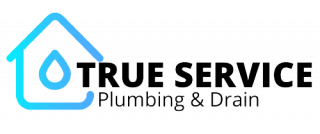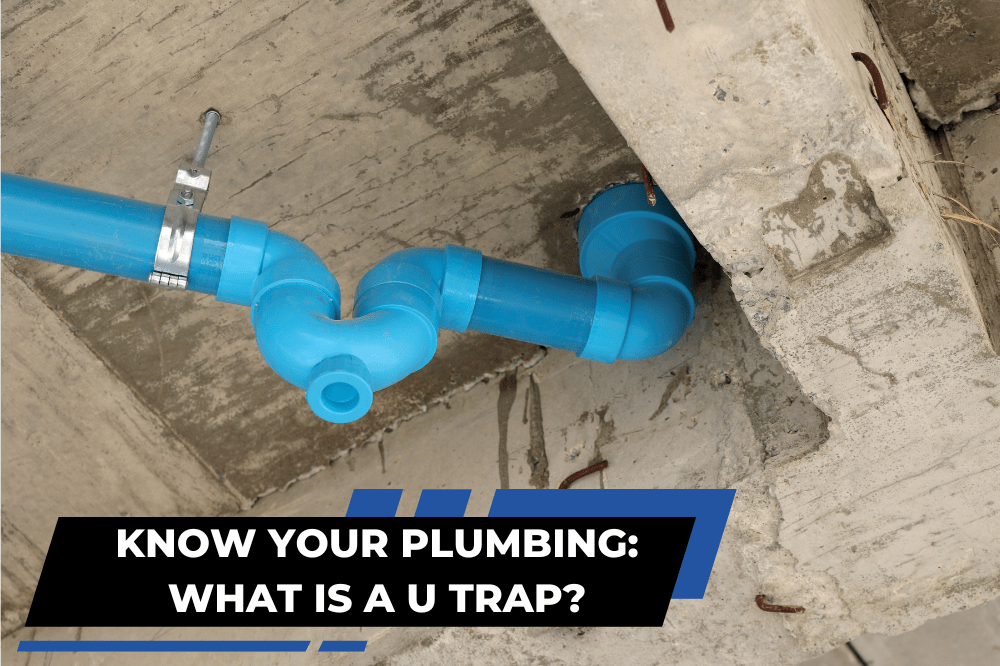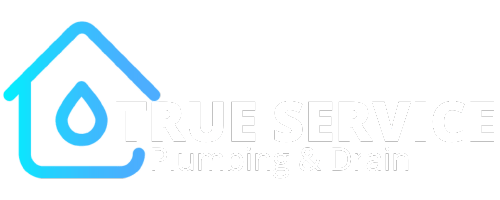In our everyday lives, we rarely think about the plumbing systems in our homes, let alone the intricate details that make them function smoothly. One such essential yet often overlooked component is the U trap plumbing device, which plays a crucial role in keeping your home safe and hygienic.
In this comprehensive blog post, we’ll explore the ins and outs of this unsung hero, explaining its importance and how to maintain it properly.
What is a U Trap, and Where Can You Find It?
A Brief Overview of the U Trap
A U trap, also known as a P-trap or S-trap, is a curved pipe that forms part of your home’s drainage system.
Its name comes from its shape, which resembles the letter “P” or “S” when viewed from the side, but can also look like a “U” shape.
This simple yet vital component ensures that your plumbing system operates smoothly and safely.
Common Locations for U Traps
You can find U traps in various places throughout your home, usually beneath fixtures that drain water. These include:
- Sinks (kitchen, bathroom, and utility)
- Bathtubs
- Showers
- Washing machines
The U trap is generally located immediately below the drain opening and is easily recognizable by its distinct shape.
The Crucial Role of the U Trap
The Primary Function of a U Trap
The main purpose of a U trap is to prevent sewer gases from entering your living or working space.
Sewer gases can carry unpleasant odors and even pose health risks in some cases.
The U trap achieves this by maintaining a small amount of water within its curve at all times, creating a seal that blocks the backflow of gases.
How the U Trap Works
When water from a sink, bathtub, or another appliance goes down the drain, it first enters the U trap.
The water then fills the curved portion of the trap, forming a barrier against sewer gases.
Once the water has passed through the U trap, it continues down the pipe and into the sewer or septic system, while the water seal remains in place.
When U Traps Need Your Attention: Common Issues
Clogged U Traps
One common issue that U traps can face is becoming clogged. This often happens when debris, such as food particles, hair, or soap scum, accumulates inside the trap.
A clogged U trap can cause slow draining or even complete blockage, which can lead to unpleasant smells and potential water damage.
Evaporated Water Seals
Another potential problem with U traps is the evaporation of the water seal.
If a drain is not used for an extended period, the water in the U trap can evaporate, allowing sewer gases to enter your home.
This issue is particularly common in guest bathrooms or vacation homes.
Recognizing and Addressing U Trap Issues
To identify and resolve problems with your U trap, it’s essential to be vigilant and proactive.
Regularly check your fixtures for slow draining or unpleasant odors, as these can indicate a clogged or dry U trap. In some cases, you may be able to clear a blockage by using a plunger or a drain snake.
However, for more severe issues, it’s best to call a professional plumber to ensure proper resolution.
The Materials and Installation of U Traps
Choosing the Right Material for Your U Trap
U traps can be made from a variety of materials, including PVC plastic, copper, brass, or chrome-plated brass.
The choice of material can depend on the specific application, local building codes, or personal preference.
PVC is often chosen for its affordability and resistance to rust, while brass and copper options offer durability and a more aesthetically pleasing appearance.
Installation of U Traps
The installation process of a U trap is crucial in ensuring a well-functioning plumbing system.
This involves attaching the U trap to the tailpiece (the pipe descending from the sink) and the drain line.
This task requires precision, as improper installation can lead to leaks or ineffective seals against sewer gases.
Given the importance of correct installation, it’s advisable to hire a professional plumber for this task.
Maintaining Your U Trap: Tips and Tricks
Regular Maintenance for Longevity
Maintaining your U trap can help avoid common issues and extend its lifespan.
One crucial tip is to run water down the drain of rarely-used fixtures periodically.
This action keeps the water seal intact, preventing sewer gases from entering your home.
Cleaning Your U Trap
In case of a clog, your U trap may need cleaning. Some U traps come with a cleanout plug that allows for easier removal of debris.
However, if you’re uncomfortable performing this task yourself, or if the clog persists, it’s best to call a professional plumber.
Conclusion
The U trap is an unsung hero in your home’s plumbing system. Its humble yet crucial role in preventing unpleasant and potentially harmful sewer gases from entering your living space is invaluable.
By understanding its function and keeping an eye on its maintenance, you can ensure a smoother and safer plumbing experience.
Remember, when in doubt, always consult a professional plumber – your home’s health is worth it.
Reliable U Trap Plumbing Solutions with True Service Plumbing
Navigating U trap plumbing issues can be complex, but not with True Service Plumbing at your service. Our licensed professionals are ready to tackle any plumbing problems in your home or business in Toronto and the surrounding GTA.
From clearing a clogged U trap to eliminating unpleasant odors from seldom-used drains, we’ll diagnose and resolve the issue quickly and efficiently.
Don’t let plumbing complications disrupt your daily life. Contact True Service Plumbing today for expert plumbing solutions designed for your comfort and peace of mind.”


